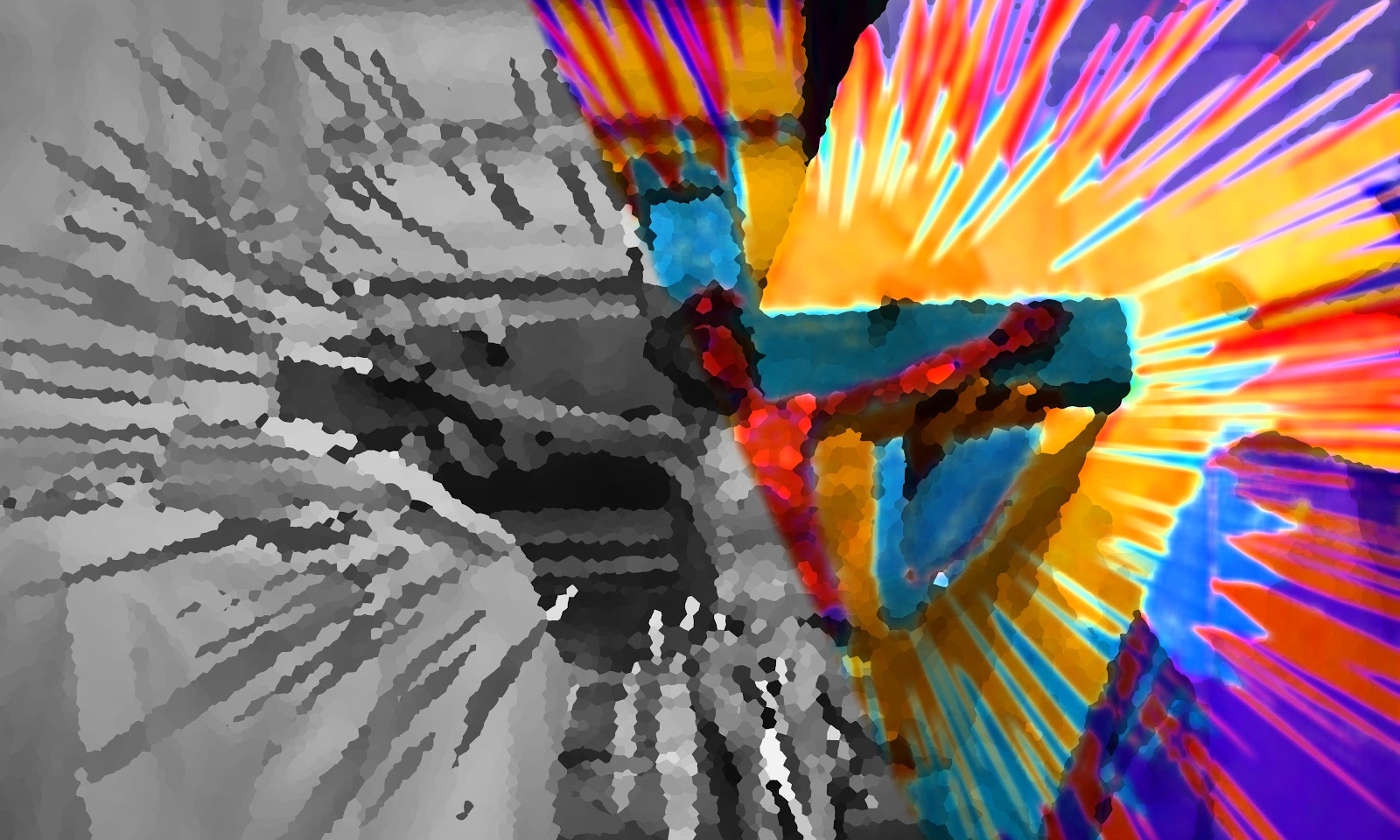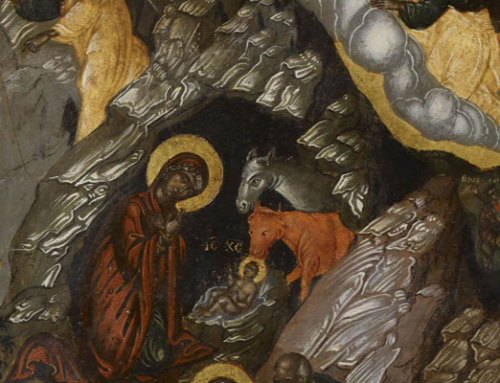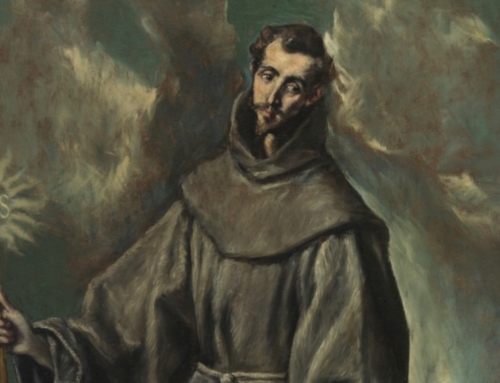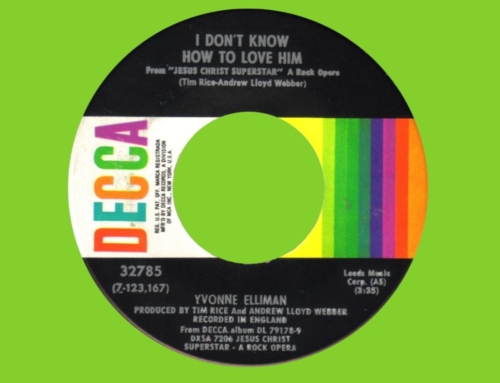Editor’s Note: This piece is written in the form of an editorial from the perspective of alien creatures who are studying the behaviors and religious customs of human beings. It seems one of their scholars has proposed something that has upset the pre-established research. See a previous post written from the same perspective.
I have been asked by our editors to comment on the recent controversy in the scholarship regarding the religious representations of the Homo sapiens. The hypothesis that the Wide-Armed Man is in fact a “Suffering Man” has greatly upset the field of study. While I have great respect for the diligence and thoroughness of the work, I find the hypothesis weak.
Until recently, scholars generally agreed that the principal figure of their worship was the Wide-Armed Man. This figure is present in nearly every instance of the man-creatures’ worship. Some of them even carry very tiny figures as adornment around their necks. The figure wears only a loincloth and is often supported by a wooden frame. Experts on human behavior remark on the similarity between his posture and that of a man-creature offering an embrace (this is a process by which two creatures extend their forelimbs around one another). These gestures are a form of affection for the man-creatures. They stimulate trust and develop social bonds, especially within family groups and mated pairs. The posture of the Wide-Armed Man, then, has been taken to suggest a familiar and affectionate kind of deity. The Wide-Armed Man is a kind of friend-god.
In his most recent article, “The Suffering Man,” one prominent scholar has challenged this view. He suggests that the Wide-Armed Man is dying, or even dead in these depictions. He cites artifacts that seem to depict the figure covered in blood with terrible wounds on his hands and feet. He proposes that the wooden support for the figure is actually a part of the image and not merely a support. “The nails in the hands and feet are not merely to keep the figure structurally intact,” he writes, “but rather are representations of an ancient method of execution. This figure’s arms are wide for the purpose of his own suffocation, not the embrace of others.”
These arguments have been contradicted by other researchers who cite artifacts that do not contain a wooden support structure at all, but rather show a similar figure, fully clothed in this instance, in similar places of prominence in the man-creatures’ worship sites. Further still, some of these sites exclude a figure and merely use the wooden support structure. In my own opinion, the fact that this figure is worn and displayed prominently seems to be strong evidence as well against interpreting it as “the Suffering Man.” Unless the image was to intimidate enemies, why display what would amount to a grisly death in a common social situation?
Yet there is in my opinion an even greater problem with the notion of the Suffering Man. If the figure of the Wide-Armed Man implies affection, what would be the implication of the Suffering Man? The Suffering Man is an executed figure; he is in agony. Such a figure would likely be the representation of some sort of death cult. If the Suffering Man were the central figure of the man-creatures’ worship, we would expect to find this borne out by their practices. Yet, there is no human sacrifice, no blood-drinking, no ritual suicide, nor any other typical behavior of a death cult. The closest our researchers have come to finding any sort of death worship seems to be some sort of pre-burial ritual (see “Wooden Boxes and Stone Slabs in Man-Creature Mortality Rites”) much like the communal-eating worship acts. We would expect to see more if the Suffering Man is the central figure of worship for the man-creatures.
In truth, if the Wide-Armed Man is actually the Suffering Man, the entire body of scholarship on the religion of the man-creatures would have to be reviewed. What would it mean for this dying figure to be so common in the man-creatures’ society? Are these creatures secretly enamored with the idea of death and suffering? Does suffering have some kind of special meaning for them?
Ultimately we are left with one challenging puzzle: Could there be any kind of reconciliation between a familial/fraternal worship practice with what amounts to the veneration of a tortuous death? Perhaps the contrast is too strong. Maybe, as seems most reasonable, it is one or the other. Otherwise, our scholars will have quite a task trying to understand the Wide-Armed and Suffering Man as the man-creatures’ God.
✠
Image: Br. Zachary Sexton, O.P., The Suffering Man (original image)







